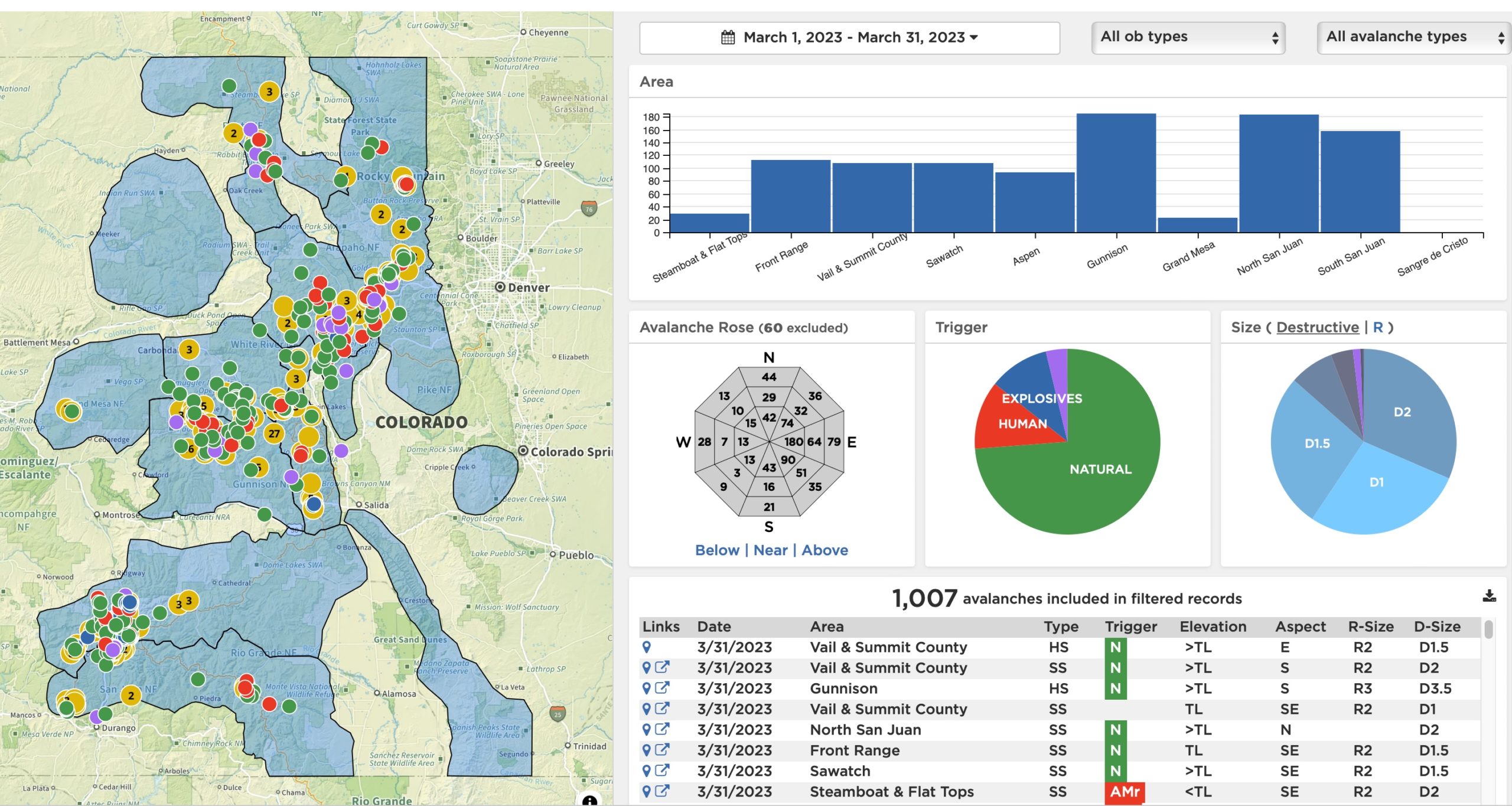Over the next few months, The High Route will highlight some of the avalanche centers and their good work. We’ll do our best to offer a global perspective. The intent here is not to create a hierarchy of excellence but to connect readers with resources that might ultimately allow them to make better decisions in the backcountry. First up, the Colorado Avalanche Information Center.
(Full disclosure—The High Route sponsors the Friends of the CAIC and is a media partner. Being a media partner means if/when the CAIC has critical information to disseminate to the backcountry community during their forecasting season, we’ll help them do that.)
I once skied Colorado’s hills regularly, but now live a several-day drive away and a universe apart, considering my local snowpack and that which is typical in Colorado. In other words, the CAIC forecasters regularly deal with deep, persistent, weak layers. As a lifelong learner, I want to learn what backcountry travelers and forecasters outside my region are finding in their local snowpacks. With the CAIC’s statewide network of professional forecasters, they routinely provide excellent products. I regularly visit the Colorado Avalanche Information Center (CAIC) site. And I find myself routinely learning from them.
Again, I’m not going to the CAIC for my daily forecast or to monitor how the snowpack may evolve in a particular zone. (I live in Oregon.) However, the following resources can broaden the horizons of any backcountry skier or rider. Last note: we come into this wide-eyed and acknowledge the sometimes macabre aspects of reading avalanche reports. We read accident reports with gratitude and respect, hoping others can take salient lessons into the backcountry.





